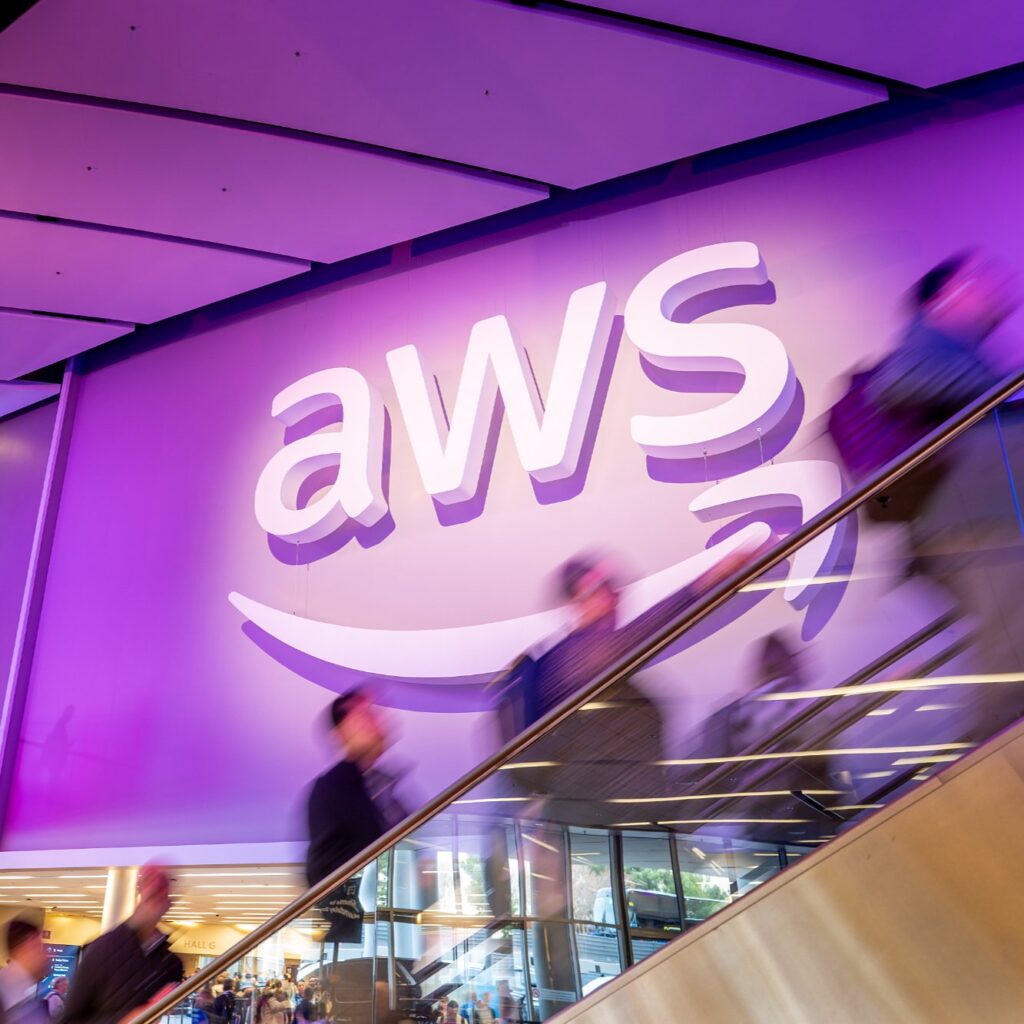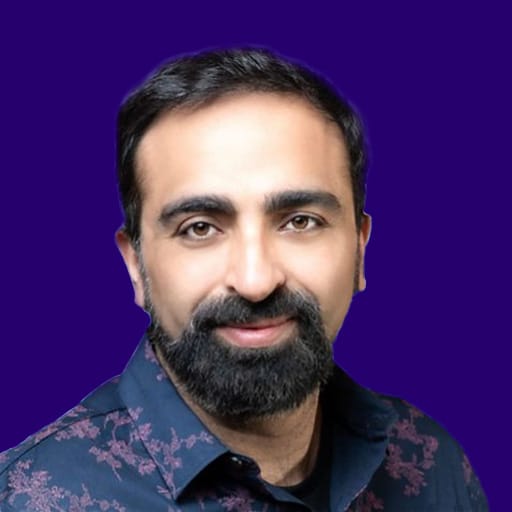Oracle, historically perceived as a late entrant in the cloud services market, and more commonly known for its database capability, is now pedalling a bold new trajectory that could reshape the competitive cloud landscape.
Since April 2024, Oracle has introduced several major updates such as the DR-25 initiative, which effectively shrinks its distributed cloud footprint to a compact, three-rack solution deployable directly within customer environments. This allows clients to operate as the sole tenant of a cloud region while leveraging the full suite of public cloud services. Oracle has rolled out a comprehensive multi-cloud approach.
“We’re actually building the entire OCI cloud regions inside of other cloud providers’ data centres,” Chris Chelliah Senior Vice President, Technology and Customer Strategy, Oracle JAPAC explained, referencing growing partnerships with competitors Microsoft, Google, and AWS.
This strategy aims to help customers seamlessly leverage Oracle’s cloud innovation without having to migrate workloads. This move is specifically designed to address practical concerns around interoperability and integration.
The often asked question around Oracle’s ‘edge’ in the cloud market, which is around their central role of data, extending well beyond the legacy of Oracle’s flagship databases.
“AI has elevated the significance of data, and our strength lies in allowing customers to easily combine proprietary organisational data with leading AI models,” he said.
Oracle is not just focusing on core databases, but expanding capabilities to handle images, videos, and unstructured data, all while maintaining enterprise-grade security and governance. Chelliah cited high-profile collaborations with companies such as Meta and OpenAI, as well as Oracle’s ability to deliver performance-based SLAs. Efficient AI innovation as factors that are drawing attention, even among the younger, digital-native organisations that are historically more inclined toward other tech giants.
Addressing a frequent criticism is the vendor bait and switch, lock-in approach .Chelliah insisted that Oracle’s open stance on frameworks and developer tools allows customers to transition workloads with minimal friction.
“We’re the hyperscaler cloud provider that doesn’t lock you in. Pick up and point your workloads to us, it’s that simple,” he said, suggesting the industry as a whole may see increased customer mobility as ease of migration improves.
When asked if customers are also leaving Oracle with similar ease, Chelliah remained pragmatic, acknowledging that Oracle has a long tradition of supporting portability by design.
“If we’re not worried about locking customers in, we’re actually focused on delivering so much innovation that customers want to stay,” he responded.
Chelliah views the cloud and AI spaces that move with agility. Large language models, Chelliah believes, are entering a new phase, that are moving from training on global datasets to delivering industry- and enterprise-specific outcomes by combining public models with proprietary data.
He predicted that ‘agentic AI’ or AI agents that are capable of automating specific company processes, will soon transform productivity across sectors, though he cautioned that human governance will remain essential, especially in high risk environments.









